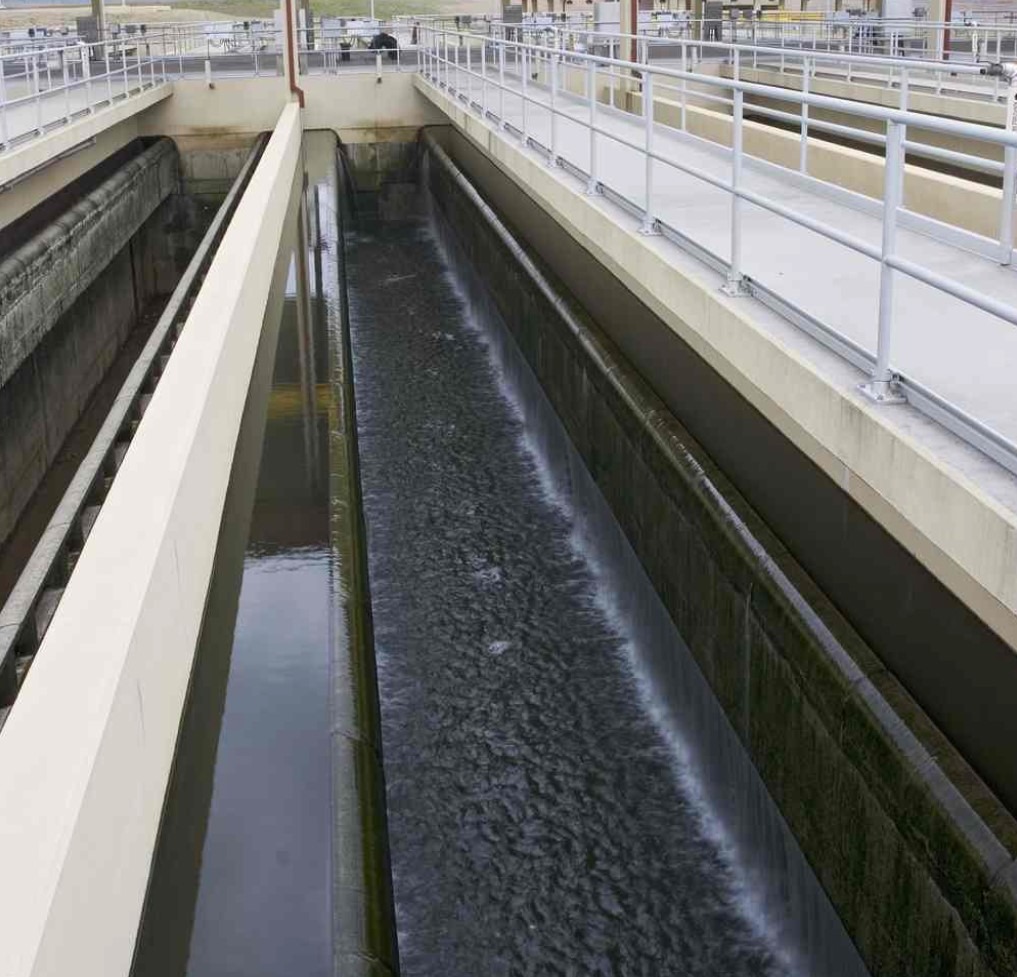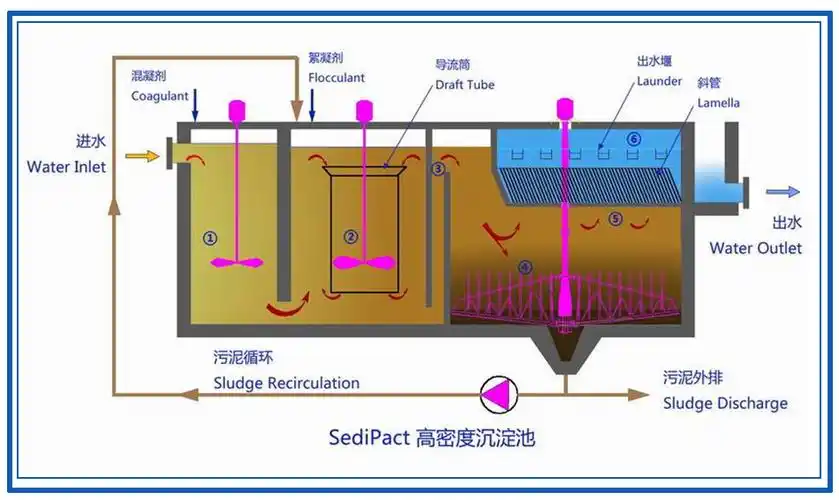Wastewater disinfection is a water treatment process that uses disinfectants such as chlorine, sodium hypochlorite, and chlorine dioxide to kill harmful pathogenic microorganisms in domestic sewage and certain industrial wastewater. After secondary biochemical treatment, microorganisms such as E. coli may still remain in the sewage, requiring disinfection to prevent the spread of disease. Common methods include chlorine disinfection, ozone disinfection, ultraviolet disinfection, and sodium hypochlorite disinfection.
1. Chlorine disinfection: When chlorine gas dissolves in water, it hydrolyzes into HCl and hypochlorous acid (HOCl). Hypochlorous acid further dissociates into H and OCl. HOCl has a much stronger oxidizing ability than OCl. Furthermore, because chlorine is a neutral molecule, it easily approaches and oxidizes bacteria, while OCl has a negative charge and is less likely to approach similarly negatively charged bacteria. While it has some oxidizing effect, its disinfecting effect is limited at low concentrations.
2. Chlorine dioxide disinfection: Chlorine dioxide has a strong inactivating effect on bacteria and viruses, making it a more effective disinfectant than chlorine. Chlorine dioxide is typically produced on-site using a generator. Chlorine dioxide produced by the generator is metered into the disinfection tank, and the dosage is adjusted based on the residual chlorine content in the effluent water.
3. Ozone disinfection: Ozone disinfection refers to a water treatment technology that uses ozone as a disinfectant. A strong oxidant, ozone, when dissolved in water, oxidizes inorganic and organic matter in the water directly or indirectly through the large amount of hydroxyl radicals and nascent oxygen generated during the reaction. It also enters bacterial cells and oxidizes intracellular organic matter, thereby achieving the purpose of sterilization and purification.
4. Ultraviolet disinfection: Ultraviolet disinfection technology utilizes a specially designed, high-intensity, high-efficiency, and long-life C-band 254nm ultraviolet generator to generate strong ultraviolet light that irradiates the water flow. This damages the DNA structure of various pathogens in the water, rendering them inactive, thereby achieving the purpose of disinfection and sterilization.
5. Sodium hypochlorite disinfection: Sodium hypochlorite generates HOCl when added to water, thus providing disinfection and sterilization capabilities. Sodium hypochlorite can be produced using a sodium hypochlorite generator by electrolysis of seawater or saline electrolyte. Sodium hypochlorite produced from a sodium hypochlorite generator can be added directly to water for contact disinfection.






